Birch (Betula) is a genus containing deciduous trees. The leaves have stipules, which fall off early. The leaf arrangement is spiral. Let's examine the silver birch, one of the roughly 60 species belonging to the birch genus.
The silver birch (Betula pendula) is a broadleaf deciduous tree with a well-developed root system. Characteristic for the root system of the silver birch is that the lateral roots are more developed, they owe their beginnings from the very base of the plant.
The taproot, in comparison, is relatively small and short. The soils in which silver birches develop best are in grey forest and brown forest soils. The trunk of the silver birch is relatively thin and covered by a white bark, which periodically peels off in thin flakes. The characteristic white color is due to the presence of the substance betulin in it. This is the only white dye found in nature.
The silver birch can reach about 98 ft (30 m) in height. The leaf lamina shape is also unique, similar to a deltoid. The leaf edges are slightly serrated. The leaves are attached to the branches with long petioles.
The male flowers of silver birch are long, hanging catkins. Each catkin consists of many small flowers. Each flower consists of a 4-part perianth and 2-3 stamens. The female flowers also hang in catkins, but unlike the male catkins, the female ones are egg shaped or spherical. Each female flower has a pistil with 2 stigma. Blooming of silver birch continues for about a month and a half. The optimal age of the silver birch is about 150 years.
Composition of Birch
The leaves of birch contain about 0.05% essential oils, saponins, up to 10% tannins, vitamin C, nicotinic acid and the flavonoid compounds hyperoside, apigenin, kaempferol and others. The leaf buds contain up to 8% essential oil with a pleasant smell and resinous substances. The roots contain the triterpene alcohols betulenol, gaultherin, up to 15% tannins, essential oils and others.
Growing Birch
Birch is a beautiful and gentle park tree, often used in the landscaping of yards, home gardens and cottages, parks and other modern garden design and landscaping.
Birch is suitable for planting on its own or in combination with mixed groups of coniferous species, in a field of grass or as part of a tree avenue. Birches prefer more humid climate, primarily in mountainous regions.
It is an exceptionally light- and moisture-loving tree. It also thrives in highly infertile soils as long as there is enough moisture. Additionally, birch is a cold resistant plant.
Choosing and Storing Birch
Birch and some of its parts, such as the buds, different types of leaves (young and old) and bark, are used for healing purposes. The buds of this plant are collected early in spring in the months April - May, before they flower.
The buds are cut off along with the shoots and left to dry in a ventilated area - the drying process can be done in specialized dryers, where the temperature needs to be no higher than 90°F (30 °C). Once drying is complete, the buds need to be scraped off the branches; they have a pleasant smell but a bitter and sharp taste.
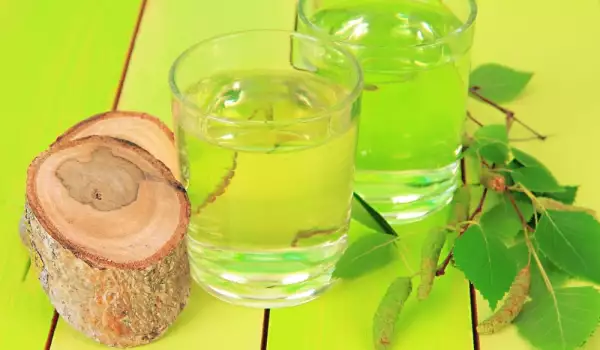
Store them in paper bags so that they remain dry. Birch leaves are collected when the plant blossoms completely, this happens in the months April - June. The drying procedure for them does not differ from the buds'.
The dried leaves have a dark coloration on the top and are light green on the bottom, have no smell and a slightly bitter taste. Birch bark is also collected in springtime, after the development of the plant has begun. Drying is the same, while if done in a dryer, the temperature can reach up to 110°F (45 °C). All dried parts need to be stored in dried and ventilated areas. It's an exported herb.
Benefits of Birch
Birch has a diuretic and general strengthening action. There are data that the leaves provide an antiviral and weak anticancer action. Hot tea from birch leaves causes heavy sweating and is recommended for colds. Extracts with rubbing alcohol help faster wound healing when applied topically.
Birch buds have a beneficial effect on skin eczemas. A concoction of birch leaves and buds is perfect for inflammation of the stomach lining, ulcers of the stomach and duodenum and others. It works as a suitable remedy for stones in the kidneys, bladder, gallbladder, for gout, swelling, rheumatism, atherosclerosis and ulcers.
Acne and eczema are well affected by birch because it cleanses pores and reduces inflammation thanks to the methyl salicylate and flavonoids (antioxidants). If you have problem skin, you can count on birch juice, birch leaf and bark infusions.
Birch prevents muscle ache. Aromatic birch oil is rich in methyl salicylate. It is applied topically to warm the muscles after physical strain and thus gets rid of the pains characteristic of muscle aches. In aromatherapy, they use yellow birch, not silver, with the oil applied in the form of a balm or mixed with jojoba oil.
Folk medicine recommends the use of fresh juice from the plant as an overall strengthening agent against anemia, to treat boils, slow healing wounds and more. Birch tar is used to treat numerous skin diseases.
In addition, birch stimulates the liver as well. In gemmotherapy, birch buds are utilized for the glycerine macerate contained in them, which improves immune system activity and has a cleansing effect on the liver. It's been proven that this substance helps remove toxins.
Birch Sap
Birch sap can be collected during the spring. The tree sap is famous for its prized healing properties. It's also rich in sugars, organic acids, ferments, as well as salts of certain elements (calcium, magnesium and iron), all crucial for the body. Scientists recommend it for the treatment of vitamin deficiency, diseases of the blood, joints, skin, angina, bronchitis and pneumonia.
Birch syrup is made from the sap extracted from the birch. The final product contains 67% sugar. It is difficult to make because it takes 21 gal (80 L) to 29 gal (110 L) of sap to produce 4 1/5 cups (1 L) of birch syrup. The syrup has a very specific taste - thick, similar to caramel, with a slightly spicy aftertaste. It's produced in Alaska, Canada and Russia. Birch syrup is also used to make wine and beer.
Folk Medicine with Birch
A hot infusion of birch leaves induces sweating and is recommended for colds. The warming drink is used for kidney, gastrointestinal, cardiovascular diseases, for rheumatism, skin diseases, swelling and more. The leaves and buds of birch go into the ingredients of many diuretic teas.
An infusion of 4 tsp dried crumbled leaves and 2 cups (500 ml) boiling water should be taken within 1 day. Elixirs can be made as well.
In folk medicine, elixirs and tinctures of birch buds are used for gastritis, ulcers, rheumatism, gout and others.
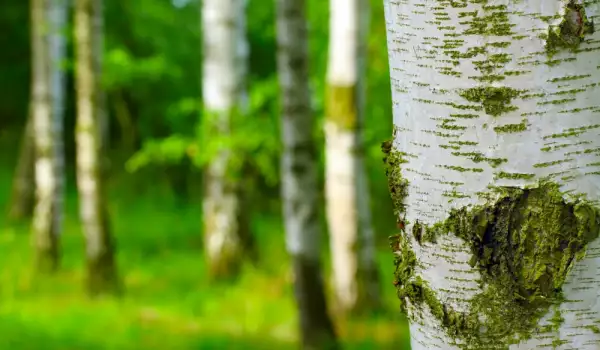
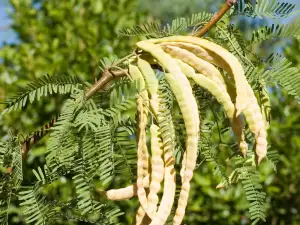
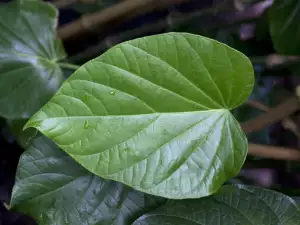
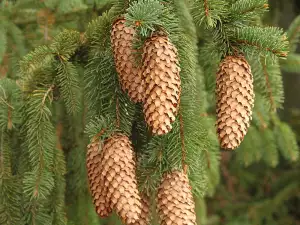
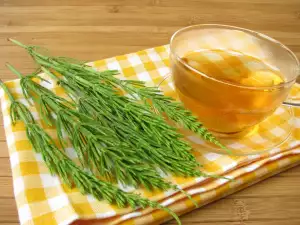
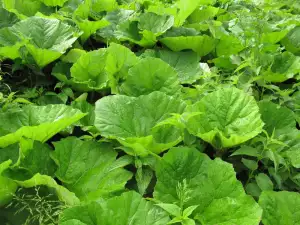
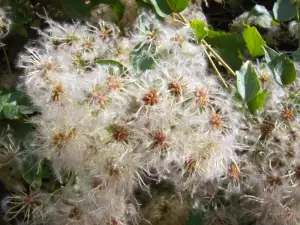
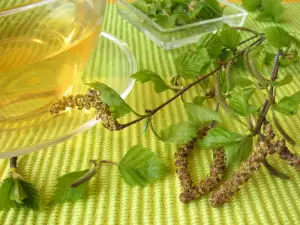


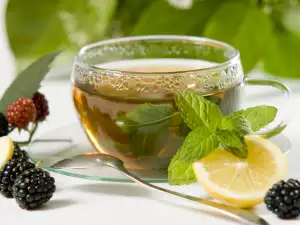
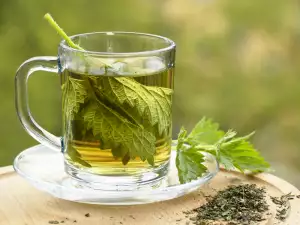

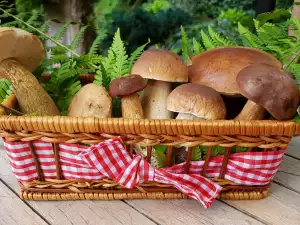
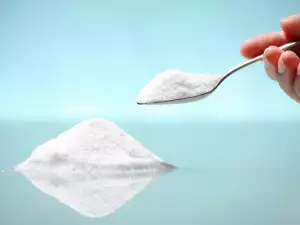
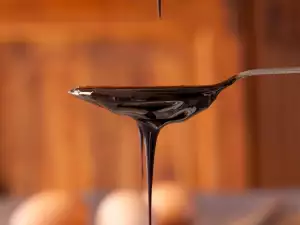
Comments